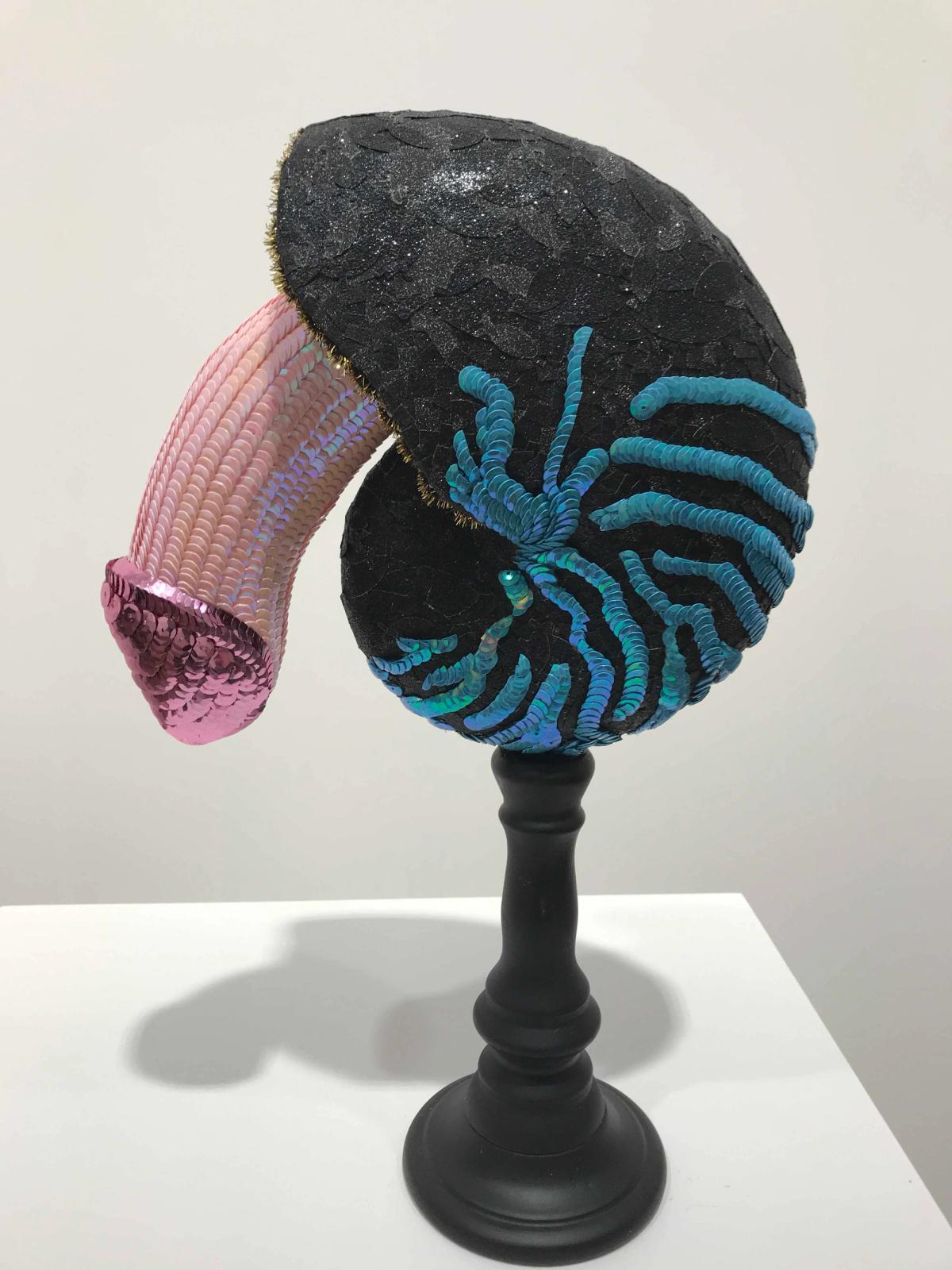The provocative Belgian artist, choreographer and theatre director Jan Fabre says that a show of new works at Galerie Templon’s new space in Paris is a “carnavalesque, burlesque, surrealist critical homage” to his home country that explores the quirkier side of Belgian national identity. “I’m celebrating Belgium, as a reaction against all the extreme right-wing movements that want to split the country,” he says.
Belgian Sexual Folklore (17 May-21 July) includes sculptures made from former church objects and ephemera found in attic or jumble sales, while other works reflect Belgium’s carnival and theatre traditions. Fabre has, for instance, refurbished a 100-year-old organ once used by a musician on the streets of Antwerp, decorating the instrument with sequinned phalluses.
Fabre has also made his own subversive versions of chocolate box images originally produced by Cote D’Or, a product which sparks childhood memories for many Belgians. “I’m not a nationalist, my cultural roots are Flemish,” Fabre says, stressing that his art is inspired by artistic forefathers such as Rubens. “The works are [a protest] against extreme right nationalism. There has been 70 years of peace in Europe; we must stay together.”
Galerie Templon say they gave Fabre carte blanche to show works of his choice in the new venue (drawings are priced between €22,000 and €25,000; sculptures range from €50,000 to €300,000). Founder Daniel Templon opened his first gallery in Saint-Germain-des-Prés in 1966, relocating in 1972 to his current space in the Marais district. Artists such as Donald Judd, Andy Warhol and Frank Stella have shown works at the gallery. The new 700 sq. m gallery, located on Rue du Grenier Saint-Lazare near the Centre Pompidou, has been designed by the architect Jean-Michel Wilmotte.
The gallery programme will balance historical artists with emerging talents. A show of works by the late US abstract artist Robert Motherwell opens today (17 May) in the existing Rue Beaubourg space, featuring 20 works from the 1970s Open Series. The next show in the new space nearby is dedicated to the Senegalese artist Omar Ba; Jitish Kallat and Kehinde Wiley will be the subjects of future exhibitions.
“We could have opened abroad but most of our artists already have representation in Berlin, New York or London,” says Anne-Claudie Coric, the gallery’s executive director, adding that the election of Emmanuel Macron as president last May, and the change in the political climate, has also boosted economic optimism. A quarter of the gallery’s 40-strong roster consists of French artists.
“France has a deep collector base, and we have built up a wide network of European collectors,” Coric says, pointing to the launch of Galerie Templon Brussels in 2013. “The new gallery shows that we are serious about the primary market. We are promoting a model [different to] the system of mega international galleries. Our scale allows us to nurture artists, develop their careers and build strong interpersonal relationships with collectors, curators and artists, rather than seek short-term profit or quick-return on investment.”


